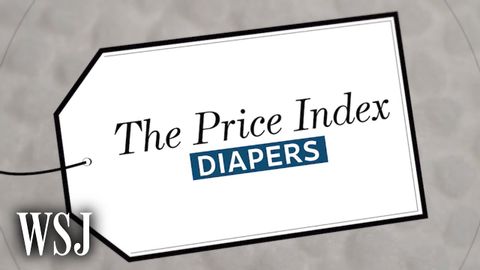インフレの驚くべき影響(The Surprising Ways Inflation Is Hitting Diapers | The Price Index | WSJ)
moge0072008 が 2021 年 09 月 26 日 に投稿  この条件に一致する単語はありません
この条件に一致する単語はありませんUS /sɪɡˈnɪfɪkənt/
・
UK /sɪgˈnɪfɪkənt/
US /məˈtɪriəl/
・
UK /məˈtɪəriəl/
- n. (c./u.)衣料;原材料;原料
- adj.関連な,重要な;世俗的な : 物質的な : 物質でできた
US /ˌrɛkəˈmɛnd/
・
UK /ˌrekə'mend/
US /ˈɪmˌpækt/
・
UK /'ɪmpækt/
- n.影響;衝撃
- v.t./i.衝突する;影響を与える;埋伏する
エネルギーを使用
すべての単語を解除
発音・解説・フィルター機能を解除

